- Date:2024-08-05
- Click:1042Times
Time is life, time is brain. In order to improve the city's stroke patient treatment rate and enhance the quality of life of stroke patients, since the establishment of Liaocheng City No. 2 Hospital Stroke Center, it has continuously optimized the treatment process and improved the technical level, and the construction of the stroke center has constantly made new breakthroughs and achieved repeated successes.
Along the way, it has been created as a national advanced stroke center construction unit in 2017; in October 2018, it was officially awarded the title of "Advanced Stroke Center" by the Engineering Committee of Stroke Prevention and Control Office of the National Health Commission; in November 2020, it was awarded "Four-star Advanced Stroke Center" by the Brain Prevention Committee of the National Health Commission. In November 2020, it was awarded the honorary title of "Four-star Advanced Stroke Center" by the Brain Defense Committee of the National Health and Health Commission.
Recently, our hospital was ranked No. 1 in the whole Liaocheng City region for three consecutive months from April to June in the single ranking of carotid endarterectomy among 712 units participating in the national evaluation (No. 32 in the national ranking in April, No. 52 in the national ranking in May, and No. 27 in the national ranking in June). In addition, the National Advanced Stroke Center of Liaocheng City No.2 Hospital was ranked 46th in the national top 100 comprehensive ranking in June 2024 with its technical and management advantages! And it was ranked as a leader in several technical individual categories!
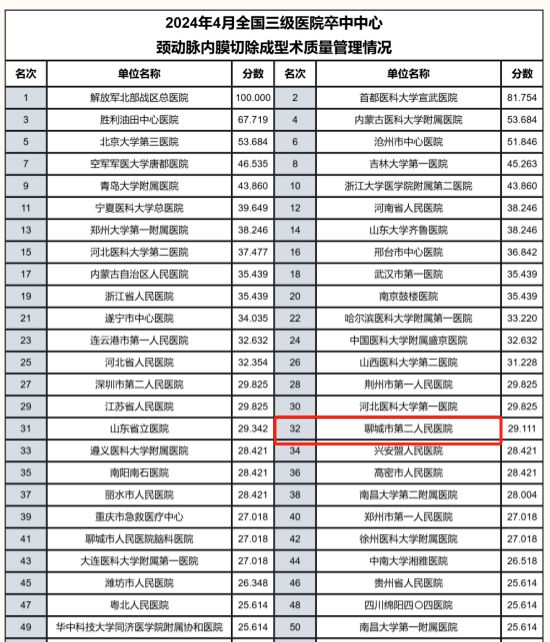
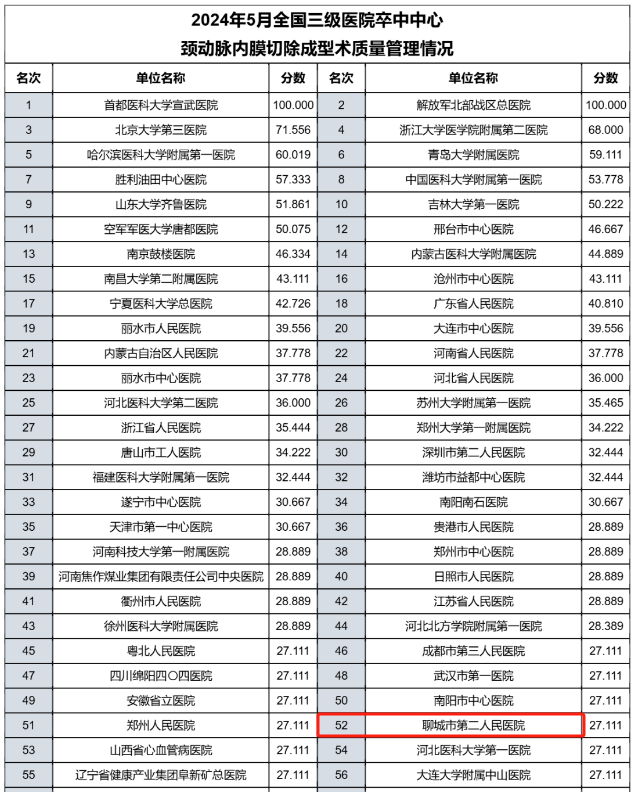
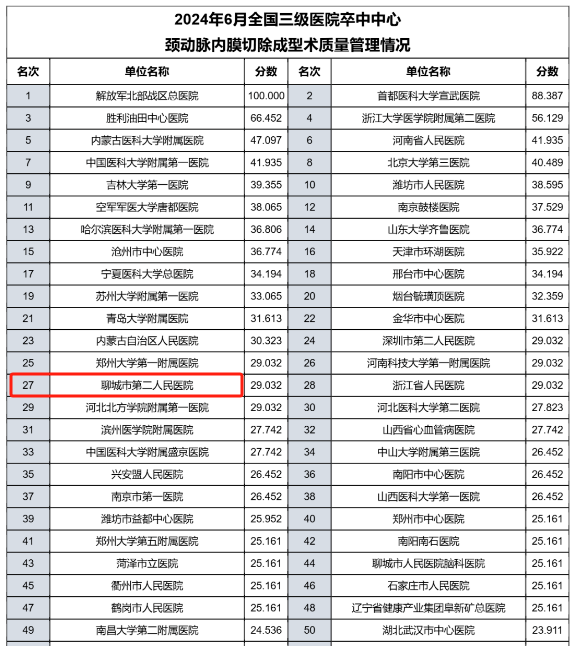
This ranking is very valuable, showing the excellent results achieved by our hospital in the construction of the national "Advanced Stroke Center", and at the same time marking that our neurosurgery department's technical level of "Carotid Endarterectomy (CEA)" is at the forefront of the country.
Let the river of life flow--Carotid artery endarterectomy in Liaocheng Second People's Hospital
Carotid endarterectomy (CEA) is a method of removing thickened atherosclerotic plaques in the carotid artery lining and preventing strokes due to plaque dislodgement, which is proved to be an effective method of preventing and treating ischemic cerebrovascular diseases. Our hospital started the preparation in 2009 and carried out carotid endarterectomy from a high starting point in 2010. We insist on rigorous control of surgical indications, perfect preoperative examination and assessment, strict intraoperative transcranial Doppler monitoring and ultrasound-guided examination, detailed intraoperative anesthesia and perioperative management, rigorous discussion of complications and risk management, and standardized regular follow-up review.
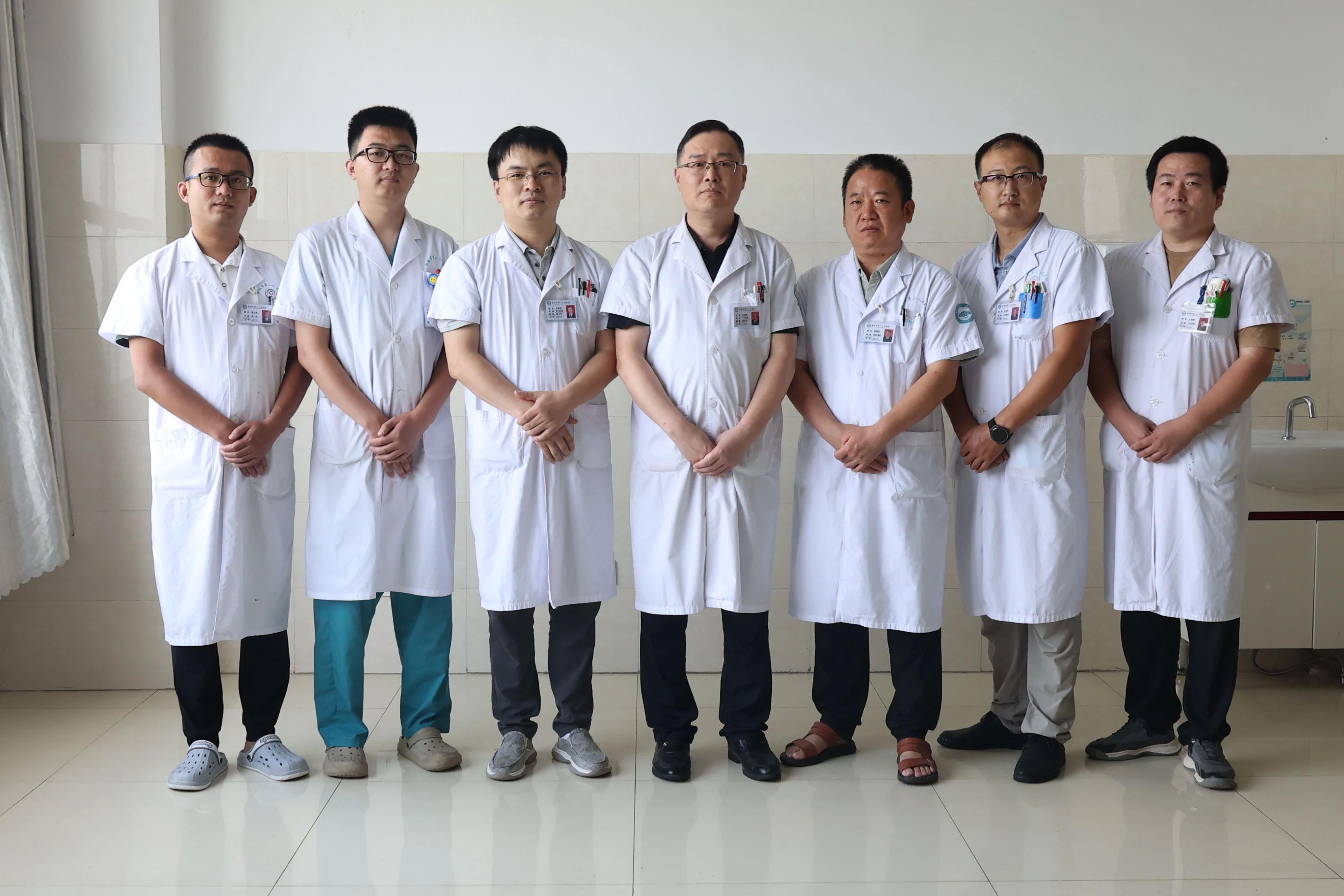
Stripping Team of Neurosurgery Ward 1, Liaocheng No.2 Hospital, Liaocheng, China
It is understood that our hospital since the beginning of 2008 to carry out carotid - cerebral vascular ultrasound standardization, integration of examination, 2010 independent department, is the earliest established in Shandong Province craniocerebral vascular examination department. At that time, our neurology department carotid endarterectomy, superficial temporal - middle cerebral artery bypass grafting and cerebral artery thrombolysis and bridging treatment are blank, neurointervention has just started, with our vascular ultrasound professional independence, greatly improving the examination accuracy rate, vascular stenosis detection rate of 9%, vascular stenosis detection rate of 2.5%, vascular occlusion detection rate of 2.3%, vascular ultrasound and DSA diagnosis rate of greater than 90%, checking out a large number of suitable for early intervention. The rate of detection of severe stenosis was 2.5%, the rate of detection of vascular occlusion was 2.3%, and the rate of conformity between vascular ultrasonography and DSA diagnosis was greater than 90%. A large number of cases suitable for early intervention were detected, which laid a solid foundation for the development of the discipline and the reduction of strokes in the region. Precise assessment before endothelial stripping, intraoperative monitoring of cerebral blood flow and intraoperative ultrasonography can detect abnormalities in time, so as to change the surgical method and reduce the risk of surgery; postoperative ultrasonographic follow-up of patients provides first-hand information for scientific clinical control of the disease, and reduces the occurrence of postoperative adverse vascular events. At present, the vascular ultrasound department conducts 80,000 examinations annually, standardizes preoperative screening, intraoperative monitoring and postoperative follow-up of carotid endarterectomy, promotes all kinds of neurosurgery to achieve precision, improves the quality of medical care, and guarantees patient safety.
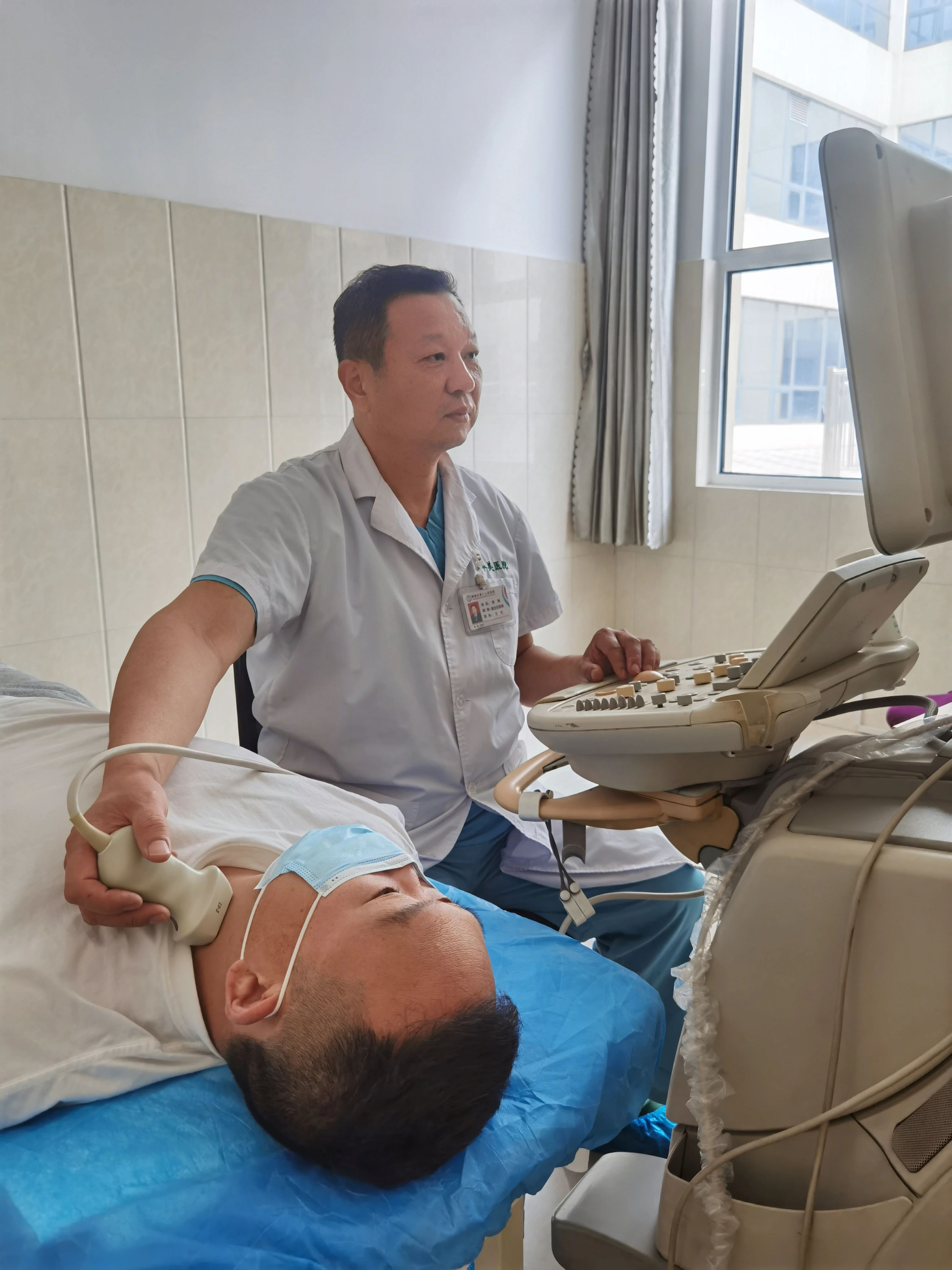
Dr. Peng Tao, Director of Cranial Ultrasound Department, conducts stroke screening for patients
Carotid artery dissection also has high requirements for anesthesia management, because patients have preoperative carotid artery stenosis, the chance of cerebral infarction is greatly increased. Normally, the blood supply of the cerebral hemisphere on the affected side needs to be compensated by the blood of the opposite side or by the blood of the posterior circulation, so it is necessary to avoid hypotension caused by anesthetic drugs and insufficient volume during anesthesia, because once the blood pressure is lowered, the compensatory effect of the cerebral blood supply will be great. After the carotid artery is stripped of blood vessels and the vessels are opened, it is necessary to bring the blood pressure down sharply to a level lower than the usual blood pressure to avoid cerebral over-perfusion due to the increase in the internal diameter of the vessels. Intraoperatively, the number of breaths also needs to be adjusted according to the cerebral blood supply requirements in order to adjust the blood carbon dioxide level for the purpose. In conclusion, stable and rapidly adjusted blood pressure and volume as needed and respiratory coordination place high demands on anesthesia.
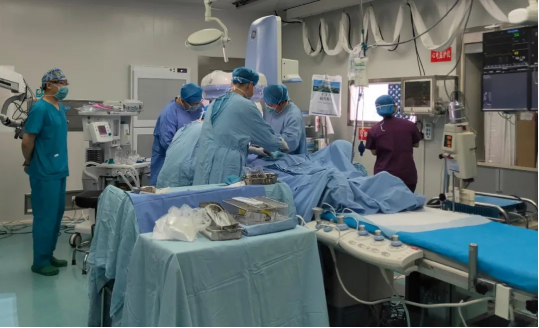
Successful Compound Recanalization of Chronic Occlusion of Internal Carotid Artery in Liaocheng City No. 2 Hospital, June 2020
Up to now, the team of Neurosurgery Ward I is able to skillfully carry out a variety of surgical procedures. In 2010, it carried out classical endarterectomy and endarterectomy under diversion protection; in 2019, it carried out modified ectopic endarterectomy; in 2020, it cooperated with the Department of Neurology to carry out composite recanalization of carotid occlusion; and in 2022, it carried out vertebral endarterectomy and composite recanalization, carotid stenosis combined with severe tortuous plastic surgery, cosmetic transverse incision debridement, carotid web debridement, carotid segmental aneurysm surgery, carotid body tumor microdissection, carotid peripheral nerve sheath tumor microdissection, carotid peripheral lymph node dissection. The team can skillfully cope with various complex situations, such as carotid artery stenosis after laryngeal cancer radiotherapy, carotid artery restenosis after stenting, restenosis after stripping, emergency stripping, high level stripping, stripping of long segment of full occlusion of the common carotid artery, stripping of the contralateral carotid artery in patients with occlusion, combining with thrombus and unstable plaque stripping, and carrying out the carotid artery stenosis combining with carotid spondylosis with simultaneous simultaneous same-incision surgery.2024 in the hospital Emergency Medical Center, Department of Critical Care Medicine, In 2024, a patient with carotid artery trauma rupture shock brain hernia was successfully rescued under the coordinated efforts of the hospital emergency center, department of critical care medicine, department of comprehensive surgery, department of anesthesiology and other departments. In order to comply with the development of neurosurgery, the sub-specialty was divided in 2024, and stripping was set up as an independent disease with a subject leader.
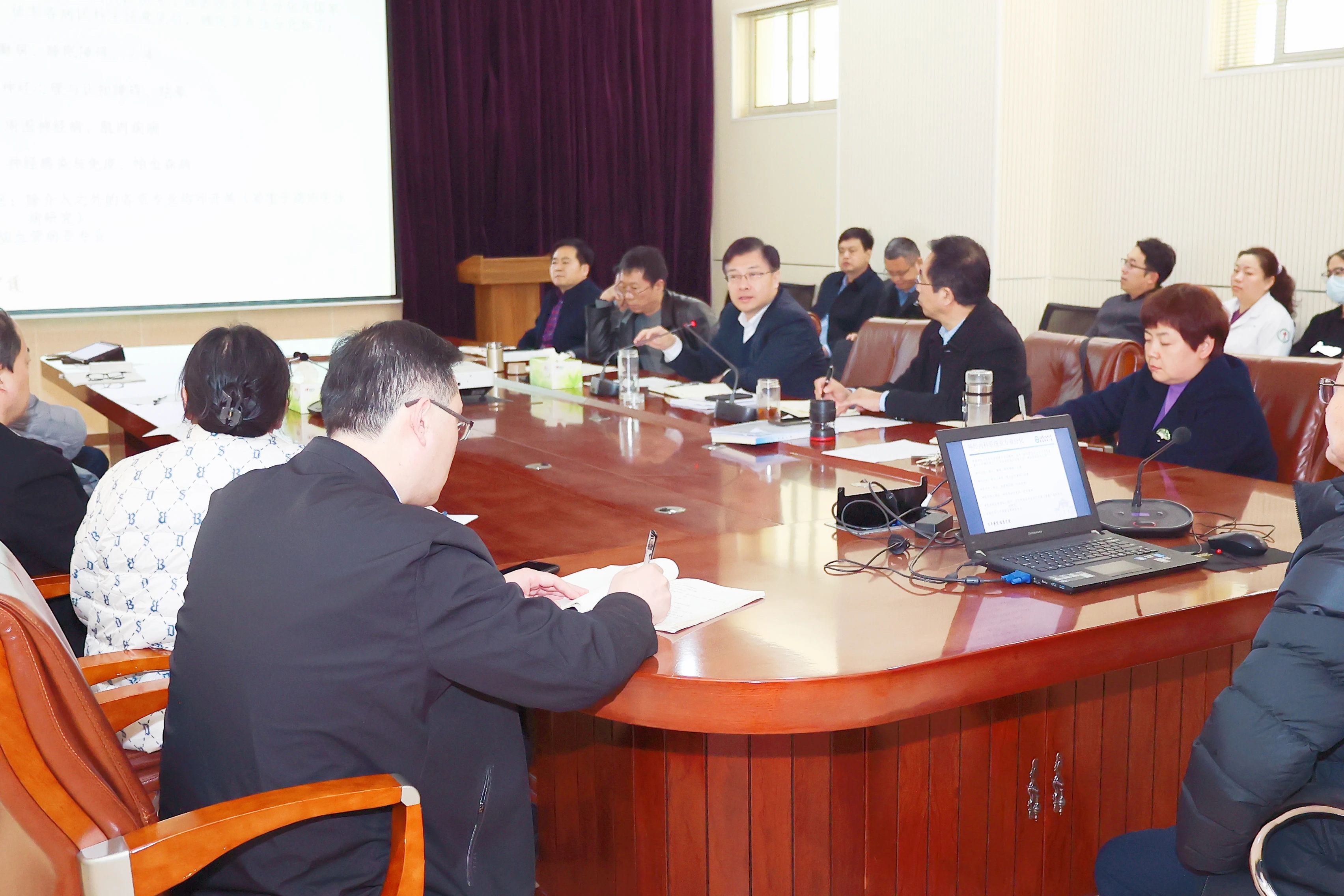
March 2024, Dean Xia Zhangyong organized a meeting to promote the construction of neurological disciplines
After fifteen years of development, carotid endarterectomy has matured and steadily evolved. Today, by performing this technique, our hospital has been able to prevent many patients with precursors to stroke from serious situations by performing the procedure in a timely manner.
Stroke Center of Liaocheng Second People's Hospital
In recent years, the National Advanced Stroke Center of Liaocheng Second People's Hospital has been making continuous efforts to smooth the green channel for stroke treatment and strengthen the quality control and management of the whole process of stroke treatment. At present, it has implemented the full-process management of emergency ischemic stroke green channel, patients entering the stroke green channel are examined first and paid later, set up special medical staff to accompany the whole process of examination and transfer, 24-hour emergency CT and magnetic resonance are open; emergency imaging is issued instantly, the results of the emergency test are issued in 10 minutes, and the center's catheterization room and anesthesia are on duty in the hospital for 24 hours.
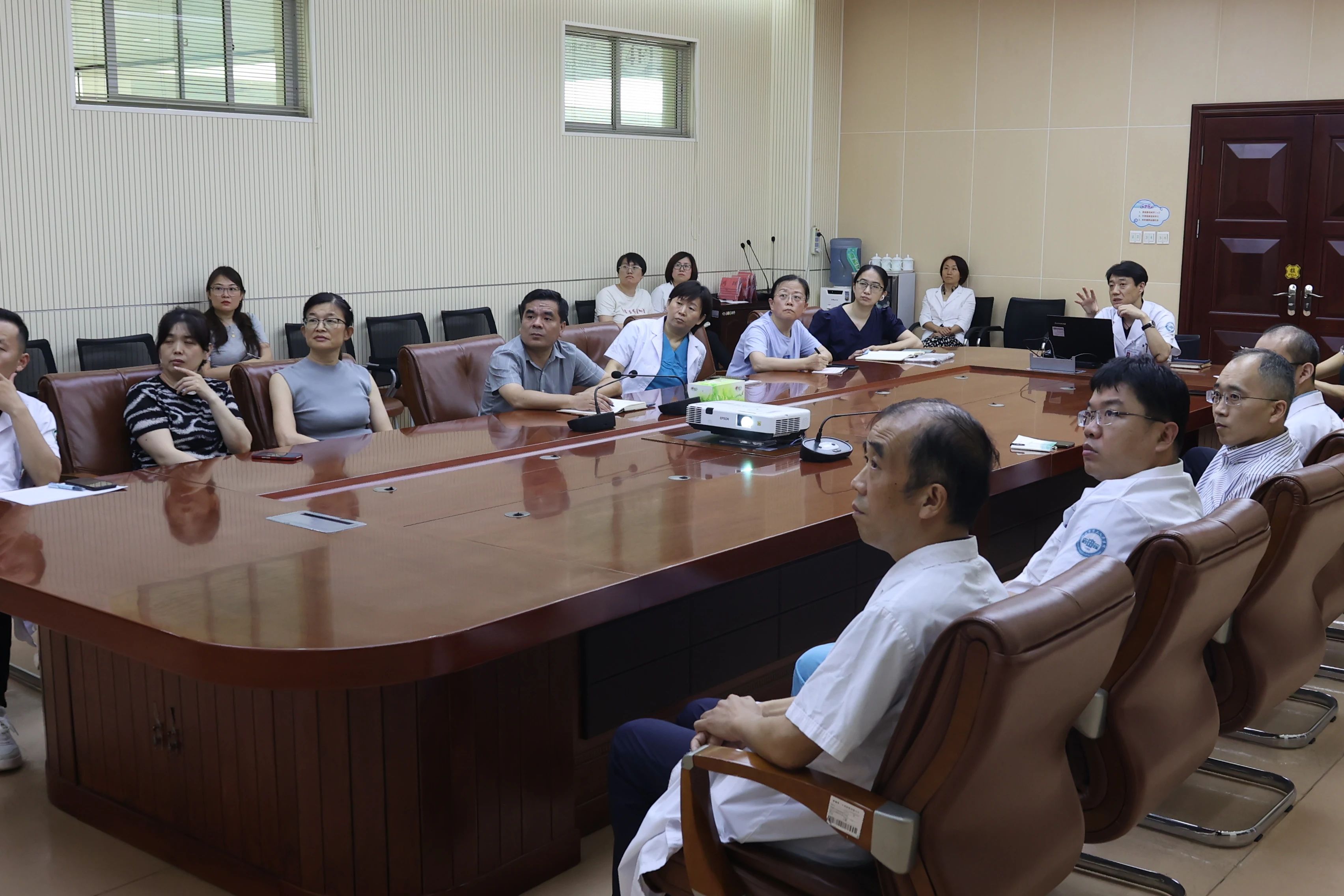
July 2024, Party committee member Wang Xinqiang organized a meeting on stroke green channel quality control
In the in-hospital consultation, the median DNT (admission to medication time) of the hospital has been decreasing year by year, from the previous 50 minutes to 30 minutes, with the fastest one taking only 4 minutes, effectively realizing the "acute stroke air-ground network trinity without any gap, 24-hour around-the-clock thrombolysis, thrombus withdrawal in one line". Every stroke patient who enters the green channel really feels the standardized and same quality "VIP-style" rescue treatment accompanied by full medical care.
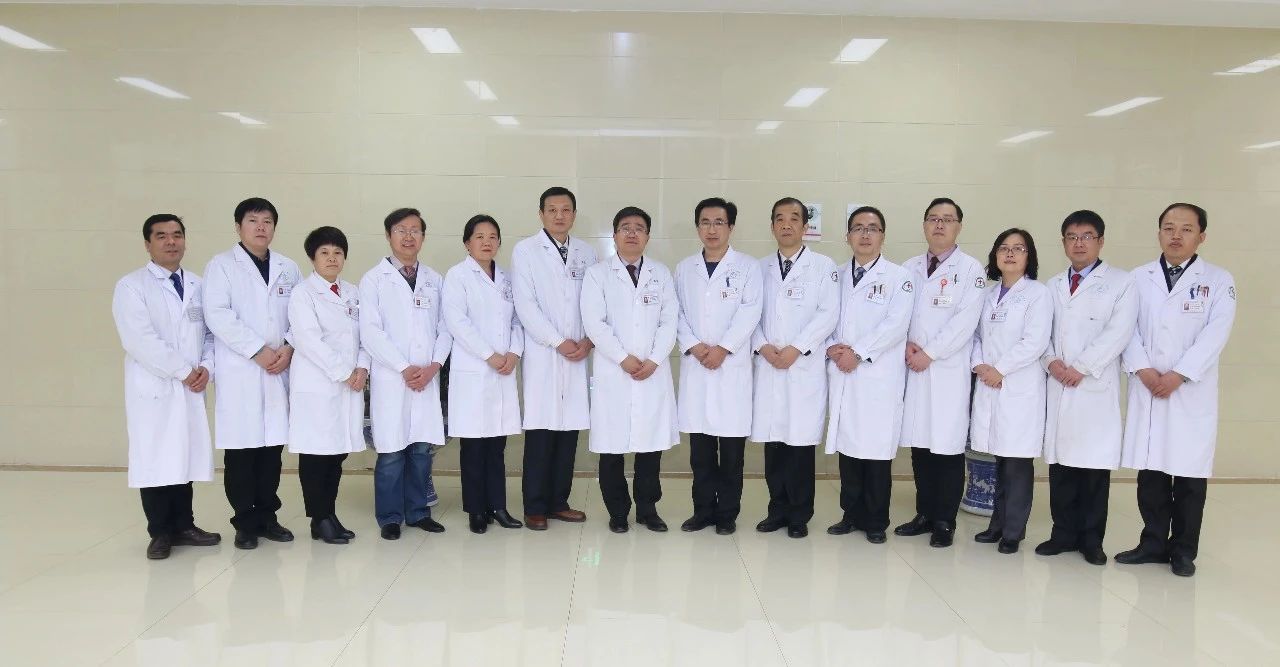
Mr. Liu Yuesen, Secretary of Liaocheng Second People's Hospital, and a team of experts from the Stroke Center.
With the growing strength of our stroke team, the treatment of acute ischemic stroke has become faster and more efficient, which has greatly promoted the construction of stroke center. The shortening of the spatial distance has helped more patients fight for valuable treatment time, providing more gospel for acute ischemic stroke patients, for whom "time is brain" and "time is life", and practicing the "One Million Strokes to Reduce Disability" program of the National Healthcare Commission (NHC). We are striving to fulfill the goal of the National Healthcare Commission, which is to "reduce the disability of one million stroke patients".
Shouldering the mission and bearing the responsibility, the Stroke Center of Liaocheng Second People's Hospital will further consolidate the multidisciplinary collaboration mechanism, continuously strengthen the construction of green channel for stroke, continuously optimize the process of stroke treatment, and continuously improve the coverage of health education on stroke prevention and treatment knowledge in the region, so as to escort the health of the general public in Liaocheng City and the surrounding areas!
(Graphic: Wanran)



 鲁ICP备11009722号-4
鲁ICP备11009722号-4 